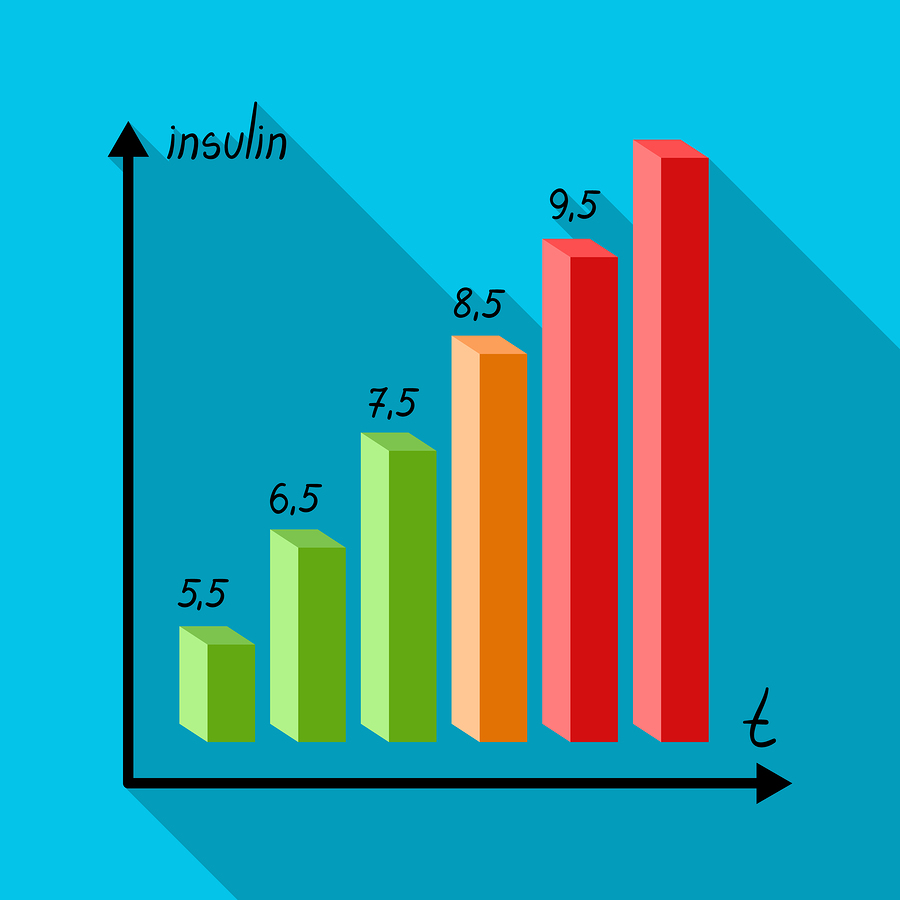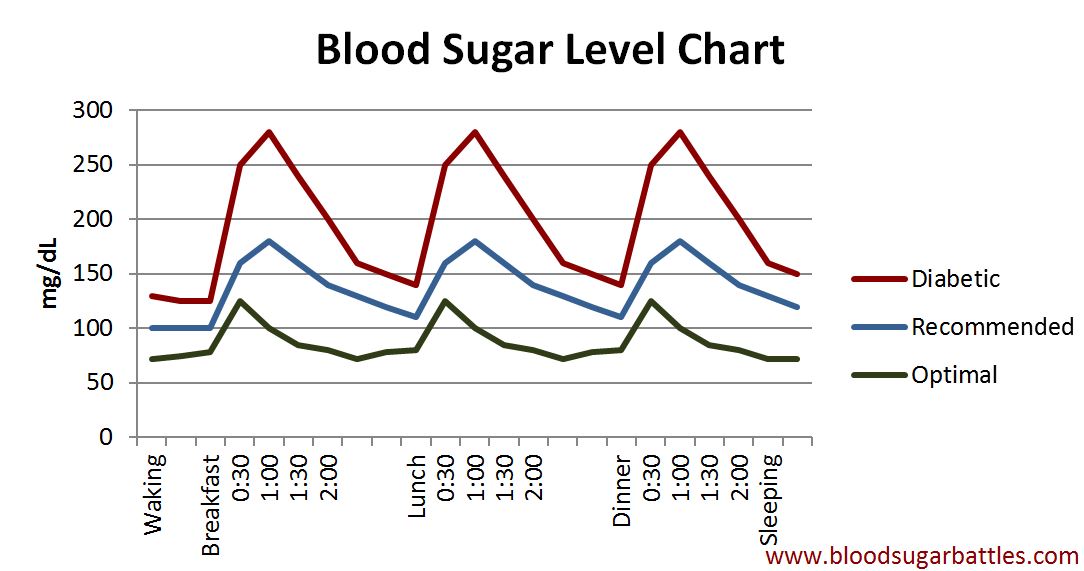Blood Sugar Chart- What You Should Know

A blood sugar chart is an important tool your healthcare provider will ask you to keep if and when a diagnosis of diabetes is made. This is to ensure that vital data of what may or may not affect the blood sugar level in your body system is carefully recorded. Living with diabetes is absolutely not impossible, but it does require adherence to good diet, exercise, as well as recording of one’s blood sugar levels regularly with the help of a diabetes blood sugar chart.
The human body utilizes glucose as it main form of fuel to produce energy. Typically, we get glucose from the food we eat, mainly from sugars and carbohydrates. Without adequate glucose, the body will not be able to function properly. Diabetics and indeed hypoglycemic folks need to prepare blood sugar charts on weekly or daily basis as a means of controlling the sugar intake as well determining the factors that affect blood sugar levels. A blood glucose chart can help reduce the risk of having complications as a result of diabetes.
This blood sugar tracking is meant to be kept studiously and seriously as this will detail the blood sugar levels, the food that may have remarkable effect on the levels, the amount of food eaten at any given time, the daily and weekly physical activities which may have effect on the levels as well as the different reactions to medications and other injectables like insulin.
In fact, details of every single thing that happen to the body are to be recorded. This chart acts as an at-a-glance guide to help patients identify which time of the day (if any) problems occur. Generally, the more information or comment recorded on the chart relating to the factors mentioned above, the better, as it helps pinpoint issues to avoid so that diabetes complications risks are greatly reduced.
Sample Blood Sugar Chart

Blood sugar tracking should be treated with absolute respect and seriousness as it is a very useful tool that can really save a diabetic’s life. In an emergency situation, this tracking is going to be the only tool that can help a healthcare provider make good diagnosis and treatment. Always make sure all the information in the chart are accurate and detailed. A specialist who reads the chart will see and interprets information differently than a patient and they could rely on it to make judgment calls on maintenance and treatment choices.
Within the first few months after diagnosis, patients are advised to bring their blood sugar chart to the doctor’s office for interpretation. These first months are crucial to the eventual changes in medication and dosage. Always endeavor to stick religiously to this schedule as any miscalculation or dosage can adversely impact the prognosis. Always remember, blood sugar tracking was not invented to torture diabetic patients, it was developed to ensure that careful recording would be beneficial to the health of the individual.



New! Facebook Comments
What do you think? Share your thoughts below...